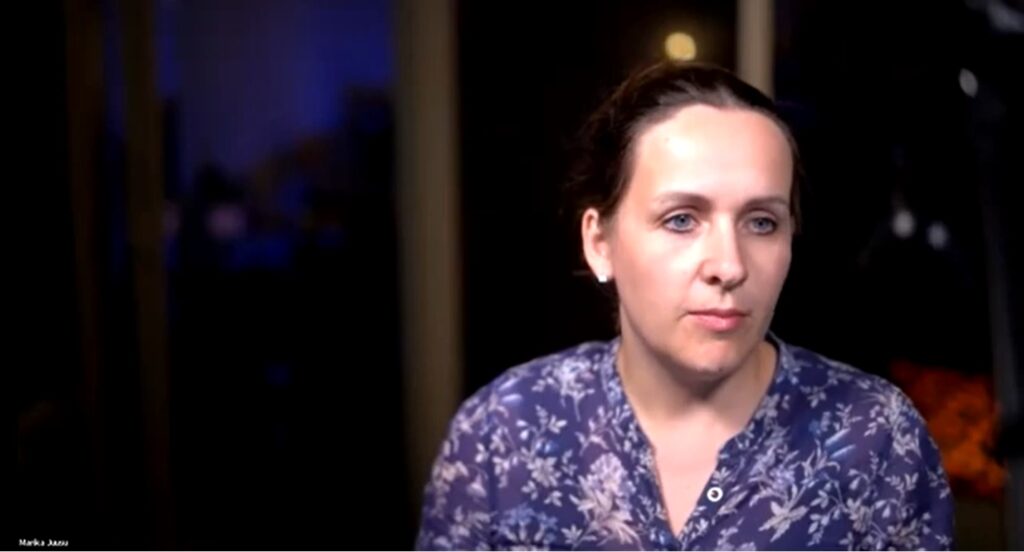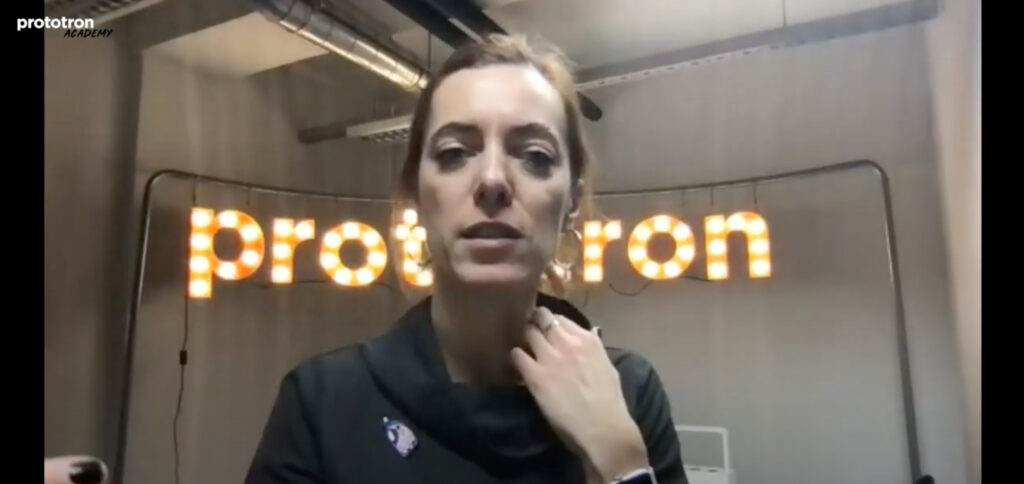A brand is more than a logo

Choose one brand that you love. Now write down what exactly you love about it? Write whatever comes to your mind. It doesn’t matter if they are big or small. This will help you define what you consider important.
Now let´s jump to your company. The brand should represent you, your values, and of course the service or product you offer.
Why are you creating your own brand? Okay, you want to make money. Or do you? Is money your main goal? Maybe you are realizing a long-term dream. Why do you do what you do? I’m already excited.
“Marketing is no longer about the stuff you make, but the story you tell” – Seth Godin
You are creating this brand for… who? Yes, one answer is that for yourself, but think about your customers here. What problem are you solving? What values do you represent? With what values could a person become a fan of your brand?
What exactly do you offer? The product or service should be presented in two sentences. Honestly, most people don’t bother to read more. If you’ve read this article so far, take off your hat. You are one of the few.
What unique value do you bring to your customers? You may also have heard the acronym USP. If not, google it.
Make sure your sales texts are right in front of your eyes. No, we’re not talking about SEO or targeted social media posts, we are talking about creating a customer’s profile.
Define your customer – How old is he? Let’s call him Juss. Where does Juss live, what does he do, how much free money does he have? For example, I sell milk. My client could at least tolerate lactose. Ideally, my client will not experience severe abdominal pain when consuming my product. Now make a more detailed and better customer definition with your product/service.
Understand his preferences – What values influence his consumption decisions? Example: I tried, really hard, but vegetarians didn’t start drinking my cow’s milk. I had to review my client’s preferences.
Assume his needs and expectations – What is missing from his life? What does Juss want from life? What are his expectations regarding your service/product? Example: My customers expected me to pack milk, but I sprayed them with cow dung. I learned that milk should still be packaged in some way.
Choose the right channels and messages to reach your customer – List the available channels, use customer data and analyze whether you are using the right channels to reach your target audience. All channels can, but do not have to be sales channels. Marketing channels must lead to sales channels. Complete the profile. A common mistake is that the profile is half full.
The important thing number two: Contacts must be visible because people don’t even bother to look for them. That is a fact!
And we got to the end. You probably have several pages of exciting material written down about communication, marketing, and sales. Good! You can always look at the webinar again.









































facebook
instagram
twitter
linkedin